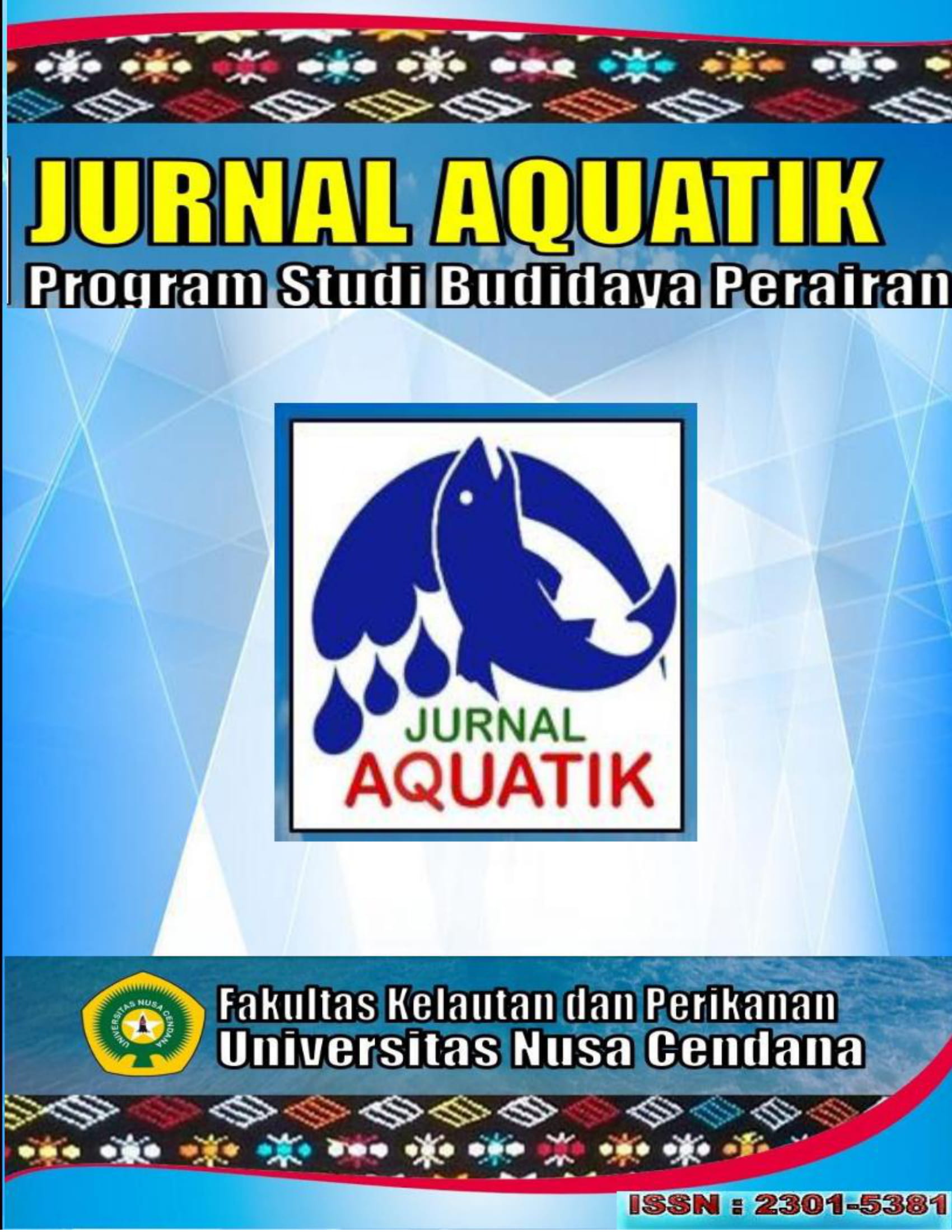Analisis Rasio Redfield terhadap Kesesuaian Pertumbuhan Fitoplankton di Ekosistem Mangrove Lantebung Kota Makassar
Abstract
ABSTRACT - Phytoplankton are plants of very small size, their life hovering in waters. Changes in the abundance of types and also the structure of their communities, can be explained by the analysis of the Redfield Ratio. The Redfield ratio is defined as a comparison of the content of N and P types of nutrients in a body of water. For this reason, the purpose of this study is to analyze the Ratio of Redfield to the suitability of phytoplankton life in the Lantebung mangrove ecosystem in Makassar City. The results showed that as many as 19 phytoplankton genera classified into 3 classes were found, namely the Bacillariophyceae class consisting of 14 genera, Cyanophyceae 1 genus, and Dinophyceae 4 genera. The genus of phytoplankton found at all stations is Rhizosolenia and Chaetoceros. These two types of phytoplankton are the Bacillariophyceae group. The results of the Redfield Ratio analysis are not optimal for phytoplankton growth, the ratio is below 16 Based on this, the redfield ratio is not in accordance with phytoplankton life in the Lantebung mangrove ecosystem in Makassar City. The results of pearson's correlation analysis between Redfield Ratio and phytoplankton abundance were 50.7 %.
Keywords: Redfield ratio, phytoplankton abundance, Lantebung, Makassar City.
Downloads


 Rahmadi Tambaru(1*)
Rahmadi Tambaru(1*)


